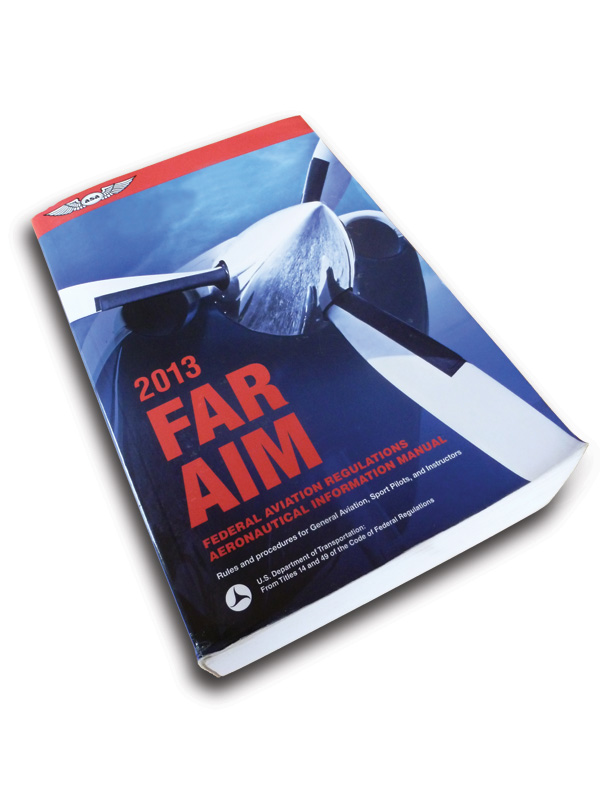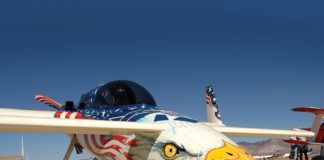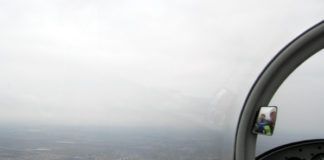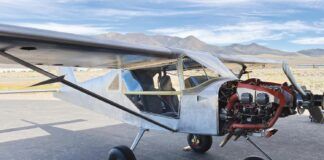Ever since the advent of the integrated glass cockpit airplane, there has been a new running joke in aviation. Because airplanes with these systems are so complex, capable, and able to do a lot of things without pilot intervention, there are three things that you are most likely to hear on the voice recorder before a mishap.
1) “What’s it doing now?”
2) “I didn’t know it could do that!”
3) “What do you think it’s going to do next?”
To be honest, I have used these phrases in that exact order more than once while watching my autopilot fly a fully coupled approach with my EFIS and GPS navigator. I am not so sure that they aren’t conspiring against me and have made sure that the electronics aren’t listed as beneficiaries on my insurance policies. As more and more builders and pilots incorporate these advanced features and electronics into their airplanes, we are likely to hear these phrases more often at hangar flying sessions, replacing discussions on downwind turns and getting airplanes “on the step.”
But are these phrases really new? I got to thinking about this as I watched an airplane approaching our airpark from the opposite side of the traffic pattern the other day. I was set up for a 45-degree entry to the downwind, making the usual calls on the CTAF and hearing others on the CTAF (at other airports), so I knew that I was receiving. This other plane was approaching at right angles to our runway, looking to cross midfield at pattern altitude, and not broadcasting anything on the frequency. I asked myself, “So, what is he doing?” followed by the obvious next question, “What do you think he’s going to do next?”
Was he going to enter downwind from a midfield crosswind, cutting me off? Did he see me? Did he hear me? Was he broadcasting his intentions, but on the wrong frequency? Or was he blissfully unaware that there was a runway about to pass under his nose at all? All these questions boil down to the same thing: “What do you suppose he’s going to do next?”
And why is this important? Why do we care what he is going to do? Well obviously, we want to know because we want to make sure that whatever he does, it does not involve his and our airplane attempting to occupy the same space at the same time. All traffic questions eventually boil down to collision avoidance. Ideally, we would all communicate perfectly, precisely, and without fail—every time. But the reality is that we don’t. Sometimes folks have the wrong frequency dialed in. Sometimes they get tongue-tied and what they say isn’t what they mean to say. And sometimes they think they are transmitting, but the radio has gone on strike, and nothing at all is coming out.
And then we have to look beyond the simple “miscommunication” for additional reasons that we end up on different pages. Different airports have different patterns, and sometimes local reporting points aren’t what you would call “standard.” I recently flew in to a field far from home, and all of the radio chatter was about being “over the junkyard,” or “abeam the bridge.” Quite useful to a local, I am sure, but for a visitor? They might as well have been speaking Mandarin Chinese. And then there are the many and countless variations in how people are taught what should be a fairly small set of “standard procedures.”

If your copy of the AIM goes back a few years, you can download a free PDF file of the latest version at the FAA web site.
It is shocking just how many CFIs appear to be blissfully unaware of a thick book titled the Aeronautical Information Manual or AIM. Of course, we are all tested on it during written exams, but how many people actually understand that its purpose is to get us all doing the same thing in the airspace system. It’s true that many of the procedures are arbitrary, and you might not agree with them—but they work, and using them is a way to stay predictable. If each pilot decides that they know better and are going to use their own procedure, we just have chaos. And that’s not very safe! Remember, most midairs happen in or near the airport traffic pattern.
Since the day that we all made our first general aviation flights, we have been conditioned to see people doing the unexpected. Unpredictability is so normal that we really can’t rely on procedures. Pilots trained and active in the military or the airlines, are much more likely to follow SOPs when they apply, but even that can’t always be counted upon. It’s sad really—the entire concept of aviation safety is based on predictability, yet pilots are constantly being unpredictable. Even if 90% do what you expect them to do (and frankly, that is probably a pretty reasonable assumption; despite my grousing, there really are a lot of folks that follow the rules), the other 10% are common enough that you need to be prepared for anything.
Predictability is one of the keys to safely sharing the sky and airports with others. It reduces the amount of original thinking we have to do, and that leaves more of our brain to handle other things as they arise—like gusty crosswinds and identifying those NORDO airplanes that we know are there, but haven’t found yet. Pilots that put themselves where they are expected to be are easy to categorize, understand, and then not worry about. They’ll be where they should be when you expect them to be—and that makes them easier to avoid.
Those pilots who act predictably, follow the procedures, and do their best to telegraph their intentions when the situation is a little fuzzy—those are the folks that I respect and admire. The ones who fly as if the sky is all theirs and everyone else can adapt—they’re the ones that we need to look out for. Just like those fancy avionics…what do you think they’re gonna do next?

![]()
Paul Dye retired as a Lead Flight Director for NASA’s Human Space Flight program, with 40 years of aerospace experience on everything from Cubs to the space shuttle. An avid homebuilder, he began flying and working on airplanes as a teen, and has experience with a wide range of construction techniques and materials. He flies an RV-8 that he built in 2005, and an RV-3 that he built with his pilot wife. Currently, they are building a Xenos motorglider. A commercially licensed pilot, Paul has logged over 4800 hours in many different types of aircraft and is an EAA tech counselor, flight advisor, and member of the Homebuilder’s Council. He consults and collaborates in aerospace operations and flight-testing projects across the country.













